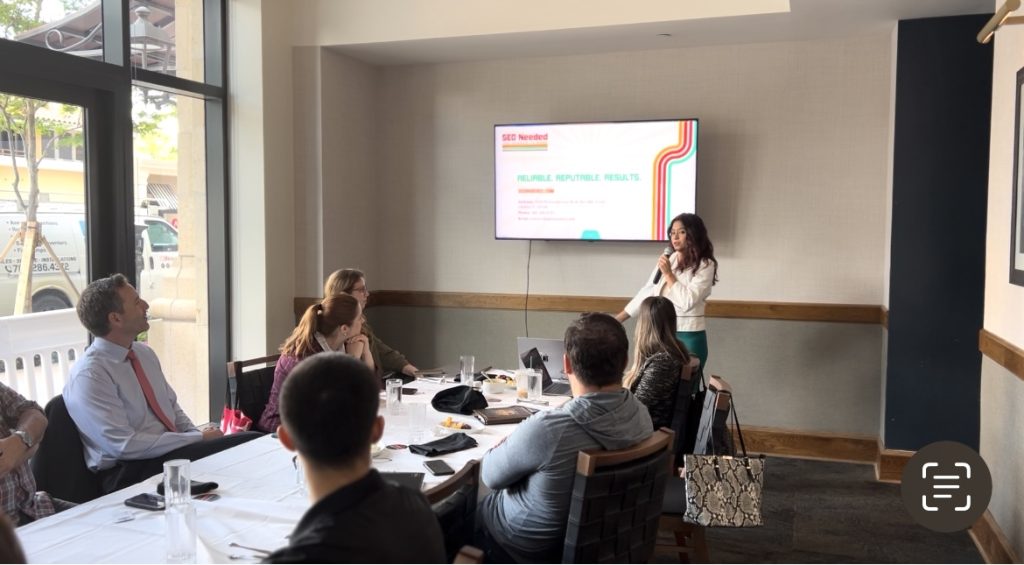Site search results come to us in many different ways. The most-used search engines are Google, Yahoo! MSN and Bing. But what is the difference between them? There has to be a reason why these are the top search engines used, right? Well, here are some little tidbits you may, or may not have known about these popular search engine empires.
- Yahoo! Search is actually powered by its counterparts in some areas. Yahoo Search! In the United States is powered by Bing, while in Japan, it is powered by Google.
- Even Search Engines can be biased, and Google is typically more apt to place more informational articles at the top of searches.
- The search engine by MSN typically likes to place recent links near the top of search results.
- Google tracks the growth of natural search results and will place those sites more highly over time.
- On the other hand, Yahoo! Search will typically allow the less informational, cheekier results to appear in their searches.
- Bing tends to be less focused on natural versus organic search results. It rarely distinguishes between the two.
- Google will trust older sites more often than the other search engines.
- Commercial results/ Paid results are more prevalent on Yahoo! Search.
- MSN is one of the oldest players in the search engine game and have made few advances in their search protocols and algorithms.
- When it comes to duplicate content, Google has the most aggressive filters.
Questions? Comments? Let us know below.











